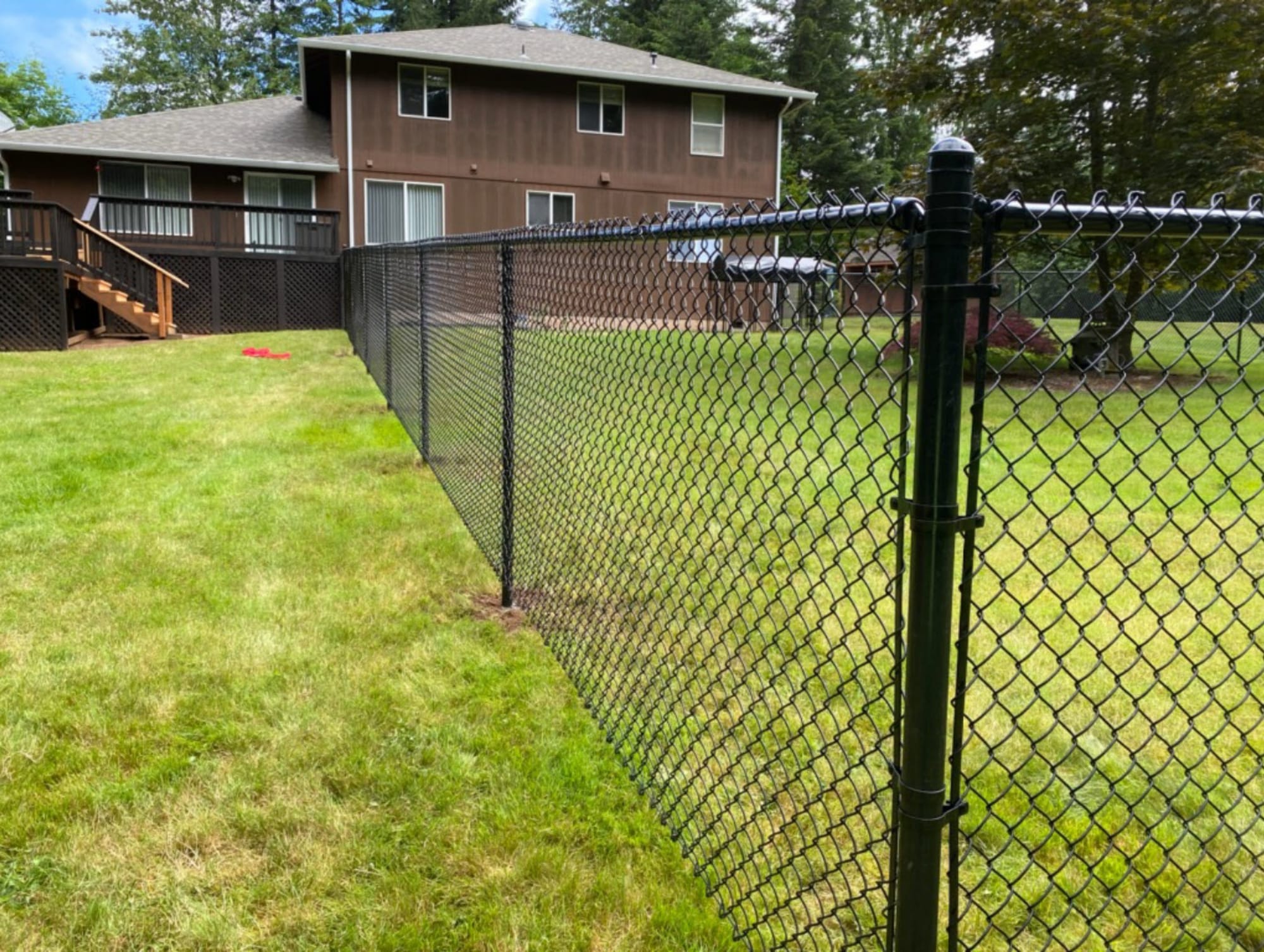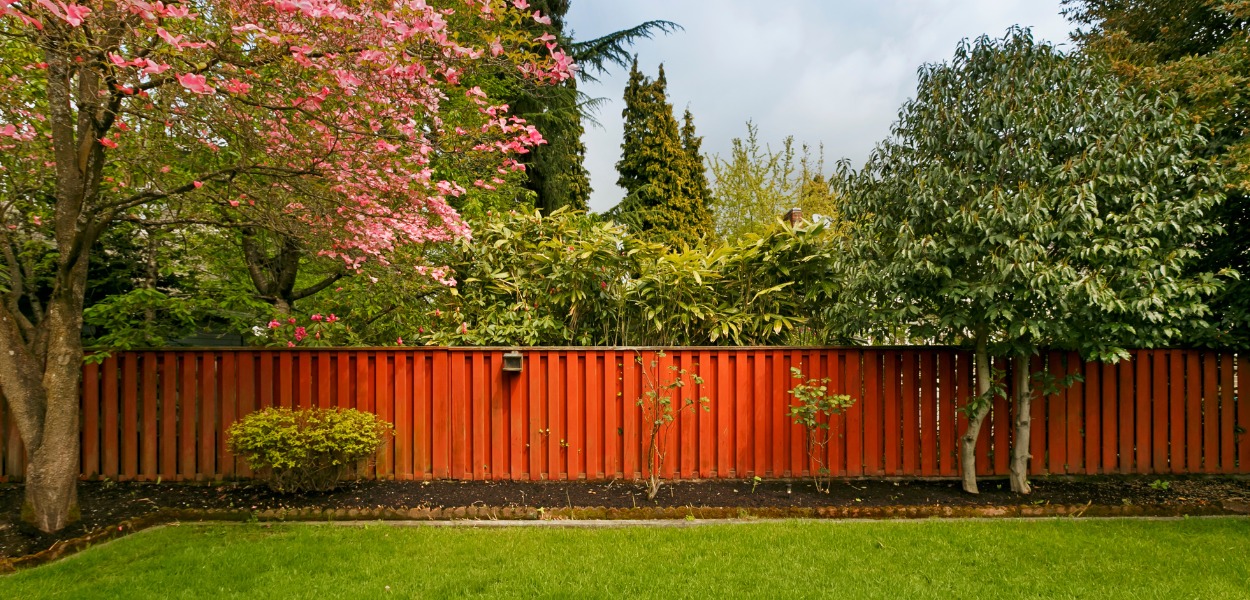All Categories
Featured
Mounting a fence on your building can include personal privacy, protection, and visual appeal, but before you start digging holes and establishing posts, it's essential to comprehend whether you require an authorization. The type of fencing you plan to set up, where it will certainly be positioned, and local zoning regulations can all affect the allowing process. Not acquiring the required authorizations might cause penalties or the need to remove the fencing. Here's what you need to understand to ensure a smooth installment procedure.
Why Are Permits Necessary for Fencing Installment? Authorizations are necessary for ensuring that your fence adheres to neighborhood zoning legislations and building codes. These regulations assist ensure the safety of your property and the bordering location. Furthermore, permits protect against disputes with next-door neighbors or local authorities, particularly when it involves residential property lines, elevation constraints, and total style.
In a lot of cases, regional authorities call for permits to control points like presence at intersections or the distance of a fencing to public areas like roadways or sidewalks. Permits also assist guarantee that fences are installed properly and safely, particularly when it pertains to one-of-a-kind materials or high fences.
Typical Kinds of Authorizations for Fencing Setup. The kind of fence you intend to mount and your place will certainly establish which licenses are needed. Right here are one of the most typical kinds:
Building Permit. A structure authorization is normally required for fencings that go beyond certain height limitations (commonly above 6 feet), lie near a public road or walkway, or are made from certain materials. Building allows guarantee that the structure satisfies neighborhood building ordinance, consisting of safety standards.
Zoning Permit. Zoning authorizations are commonly called for to guarantee that your fence complies with neighborhood zoning legislations. Zoning legislations can define where a fencing can be positioned on your residential property (e.g., along home lines or ahead yards), in addition to set limitations on fence elevation. These laws are developed to stop blockages that could affect web traffic safety and security or neighborhood appearances.
![]()
Setback Authorization. In some locations, you may need a trouble permit to position your fencing a details range from residential or commercial property utilities, lines, or roads. Problems are planned to maintain appropriate space between structures and home borders, lowering prospective disputes with neighbors or public facilities.
Homeowners Association (HOA) Approval. If your home is part of an area governed by a Homeowners Organization (HOA), you will likely require authorization from the HOA prior to mounting a fencing. HOA guidelines commonly control the style, elevation, products, and even color of fences, ensuring that they match the total aesthetic of the community.
The Process for Obtaining a Fence License. To acquire a fencing permit, you typically require to call your neighborhood city or county office. A lot of areas have a structure department or preparation office where you can use for permits. The procedure includes completing an application and providing thorough details about your suggested fencing, including:
Fencing layout (products, height, style) Place on the home. Residential property line details (for exact positioning) In a lot of cases, a website plan revealing the suggested fence's position will be called for. You may also need to pay an authorization cost, which can differ based upon location and the intricacy of the project.
As soon as you submit your application, the local authorities will assess it to make certain the fencing abides with regional guidelines. Depending on your location, you may additionally need to enable or schedule an evaluation for a home survey.
When Do You Not Need a License? In many cases, a permit might not be called for. Normally, you could not need a permit if:
![]()
The fence is under a specific elevation (often 3-4 feet for front yards) You're replacing an existing fence with the very same type and height. The fence is short-term (such as a garden fencing) It's constantly a great idea to check with your local structure or zoning department to confirm the requirements, as policies can vary.
Repercussions of Not Obtaining a License. Stopping working to obtain the required permits can lead to different concerns. The most typical repercussion is being fined or asked to get rid of the fencing. In many cases, you might need to re-install the fence according to code, which can be time-consuming and pricey. Additionally, not following the correct permitting process can create issues with next-door neighbors, particularly if your fence extends beyond your property line or does not fulfill elevation or style requirements.
Conclusion. Prior to installing a fencing, make certain you're aware of the neighborhood laws and whether you require a permit. By obtaining the appropriate permits, you'll ensure that your fence is lawfully compliant, safe, and cost-free from future complications.
Why Are Permits Necessary for Fencing Installment? Authorizations are necessary for ensuring that your fence adheres to neighborhood zoning legislations and building codes. These regulations assist ensure the safety of your property and the bordering location. Furthermore, permits protect against disputes with next-door neighbors or local authorities, particularly when it involves residential property lines, elevation constraints, and total style.
In a lot of cases, regional authorities call for permits to control points like presence at intersections or the distance of a fencing to public areas like roadways or sidewalks. Permits also assist guarantee that fences are installed properly and safely, particularly when it pertains to one-of-a-kind materials or high fences.
Typical Kinds of Authorizations for Fencing Setup. The kind of fence you intend to mount and your place will certainly establish which licenses are needed. Right here are one of the most typical kinds:
Building Permit. A structure authorization is normally required for fencings that go beyond certain height limitations (commonly above 6 feet), lie near a public road or walkway, or are made from certain materials. Building allows guarantee that the structure satisfies neighborhood building ordinance, consisting of safety standards.
Zoning Permit. Zoning authorizations are commonly called for to guarantee that your fence complies with neighborhood zoning legislations. Zoning legislations can define where a fencing can be positioned on your residential property (e.g., along home lines or ahead yards), in addition to set limitations on fence elevation. These laws are developed to stop blockages that could affect web traffic safety and security or neighborhood appearances.

Setback Authorization. In some locations, you may need a trouble permit to position your fencing a details range from residential or commercial property utilities, lines, or roads. Problems are planned to maintain appropriate space between structures and home borders, lowering prospective disputes with neighbors or public facilities.
Homeowners Association (HOA) Approval. If your home is part of an area governed by a Homeowners Organization (HOA), you will likely require authorization from the HOA prior to mounting a fencing. HOA guidelines commonly control the style, elevation, products, and even color of fences, ensuring that they match the total aesthetic of the community.
The Process for Obtaining a Fence License. To acquire a fencing permit, you typically require to call your neighborhood city or county office. A lot of areas have a structure department or preparation office where you can use for permits. The procedure includes completing an application and providing thorough details about your suggested fencing, including:
Fencing layout (products, height, style) Place on the home. Residential property line details (for exact positioning) In a lot of cases, a website plan revealing the suggested fence's position will be called for. You may also need to pay an authorization cost, which can differ based upon location and the intricacy of the project.
As soon as you submit your application, the local authorities will assess it to make certain the fencing abides with regional guidelines. Depending on your location, you may additionally need to enable or schedule an evaluation for a home survey.
When Do You Not Need a License? In many cases, a permit might not be called for. Normally, you could not need a permit if:

The fence is under a specific elevation (often 3-4 feet for front yards) You're replacing an existing fence with the very same type and height. The fence is short-term (such as a garden fencing) It's constantly a great idea to check with your local structure or zoning department to confirm the requirements, as policies can vary.
Repercussions of Not Obtaining a License. Stopping working to obtain the required permits can lead to different concerns. The most typical repercussion is being fined or asked to get rid of the fencing. In many cases, you might need to re-install the fence according to code, which can be time-consuming and pricey. Additionally, not following the correct permitting process can create issues with next-door neighbors, particularly if your fence extends beyond your property line or does not fulfill elevation or style requirements.
Conclusion. Prior to installing a fencing, make certain you're aware of the neighborhood laws and whether you require a permit. By obtaining the appropriate permits, you'll ensure that your fence is lawfully compliant, safe, and cost-free from future complications.
Latest Posts
Transform Your Home with Sturdy Hardwood Flooring from Carpet Interiors Floor & Home
Published Apr 19, 25
1 min read
A Waterside Oyster Experience
Published Apr 19, 25
1 min read
Full Circle Strategic Marketing - Skyrocket Sales with Performance-Based Marketing
Published Apr 19, 25
2 min read
More
Latest Posts
Transform Your Home with Sturdy Hardwood Flooring from Carpet Interiors Floor & Home
Published Apr 19, 25
1 min read
A Waterside Oyster Experience
Published Apr 19, 25
1 min read
Full Circle Strategic Marketing - Skyrocket Sales with Performance-Based Marketing
Published Apr 19, 25
2 min read